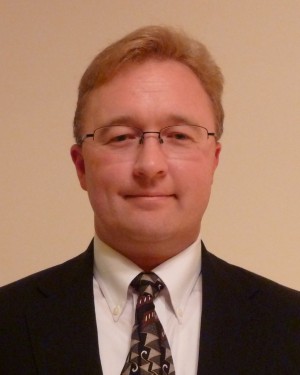This blog is the third of a series on how retailers are addressing the challenges of becoming an omnichannel business. We’ve talked about how omnichannel selling is not really about rushing to invest in some whiz-bang technology – in fact, I think stores often try to do too much at one time.
Instead, a smart approach to your implementation is to find the low-hanging fruit – projects that have the highest probability of effectiveness and can be measured against business targets as a whole. Remember that every store has its niche, and one size does not fit all. By achieving rapid successes up front, you gain funding for the next piece of your strategy, building from success to success to achieve omnichannel entry.
For example, some retailers look at how to make it easier for shoppers to buy and return where they want. Stores don’t carry the same selections from region to region, and they need processes and systems to make such an approach successful. The key is inventory management: figuring out how to sell, reorder, and exchange products in stores that also serve as fulfillment centers.
Other retailers focus on building a strong relationship with shoppers through excellent customer service. For example, instead of picking up the red bat phone or having “Customer assistance on Aisle 3” called over the loudspeaker, consumers can contact remote experts on their own mobile device or through a kiosk. Still other stores may put resources into user interfaces, branding, and site useability. These personalized approaches also pay off in better information about the customer, allowing retailers to use video analytics and sensors to get help to the shopper faster.
To help stores define their best path forward, they often make use of “innovation platforms,” systems designed to allow you to quickly set up and try out new merchandising, practices, or seasonal locations. Innovation platforms let you experiment with capabilities that leverage organizational strengths, hitting on the cylinders you want to address. Each success helps build the business justification for the next stage, supported by your cost/benefit analyses, baselines, and measurements.
Let’s talk more about this at the NRF Big Idea Sessions, where I’ll be speaking on Tuesday, Jan. 14, 2:00-3:00 ET, in Room 4. My topic is “Detect, Connect, Engage: Enhance your Customer Experience with Mobility,” and I’ll discuss how to personalize the mobility journey and new strategies for delivering a meaningful customer experience. Visit Cisco’s NRF website to learn more about these very popular seminars. As well, please take time to attend some of the demos in Cisco booth #1954. These include several technologies that fulfill the requirements discussed above.
I’ll see you at NRF!
Share:

 Each week, we’ll highlight the most important Cisco partner news and stories, as well as point you to important, Cisco-related partner content you may have missed along the way. Here’s what you might have missed this week:
Each week, we’ll highlight the most important Cisco partner news and stories, as well as point you to important, Cisco-related partner content you may have missed along the way. Here’s what you might have missed this week: In the last chapter of our five part Big Data in Security series, expert Data Scientists Brennan Evans and Mahdi Namazifar join me to discuss their work on a cloud anti-phishing solution.
In the last chapter of our five part Big Data in Security series, expert Data Scientists Brennan Evans and Mahdi Namazifar join me to discuss their work on a cloud anti-phishing solution.
 Joe Rogers is the Associate Director of Network Engineering for the University of South Florida. He is a graduate of USF’s Computer Science and Engineering program and has worked as a network engineer at USF for the past 20 years. He is currently responsible for all aspects of USF’s network which provides connectivity to over 100k devices across three campuses. He’s held a CCIE routing and switching certification since 1999. When not working, he’s an avid mountain biker (if you can call it “mountain” biking when you live in Florida).
Joe Rogers is the Associate Director of Network Engineering for the University of South Florida. He is a graduate of USF’s Computer Science and Engineering program and has worked as a network engineer at USF for the past 20 years. He is currently responsible for all aspects of USF’s network which provides connectivity to over 100k devices across three campuses. He’s held a CCIE routing and switching certification since 1999. When not working, he’s an avid mountain biker (if you can call it “mountain” biking when you live in Florida).
CONNECT WITH US